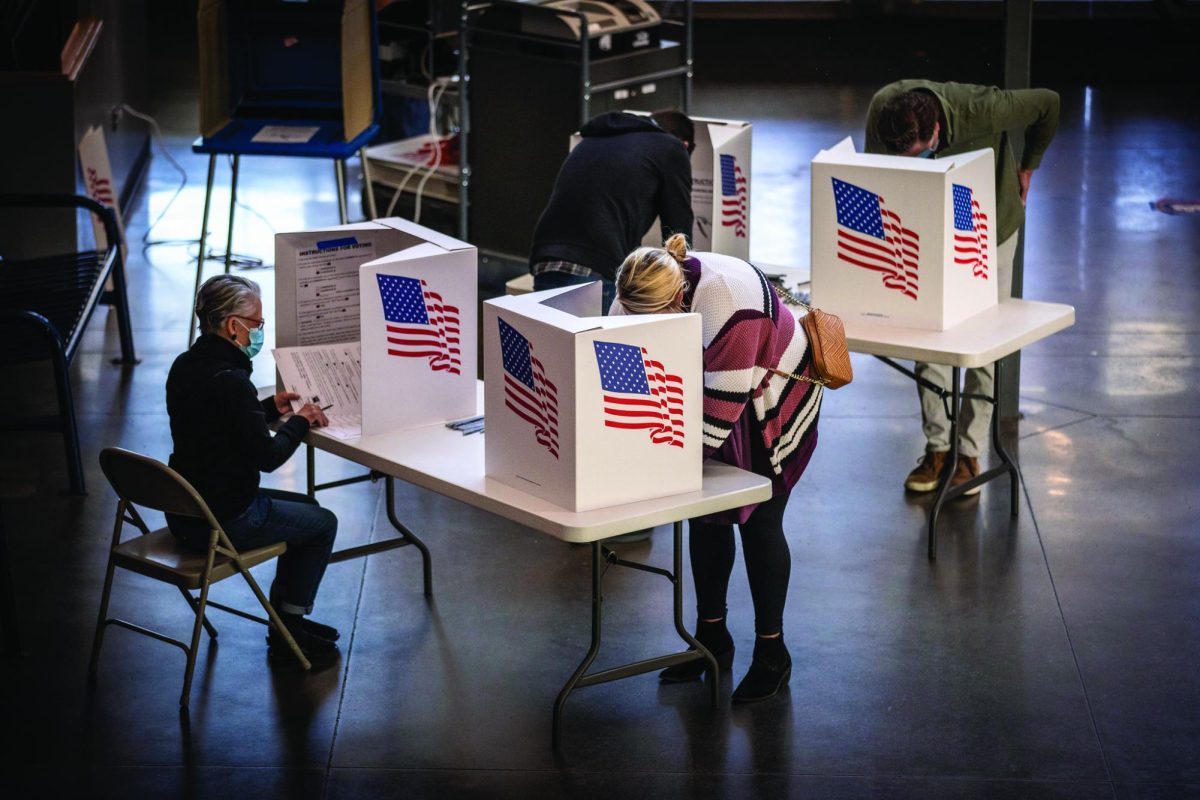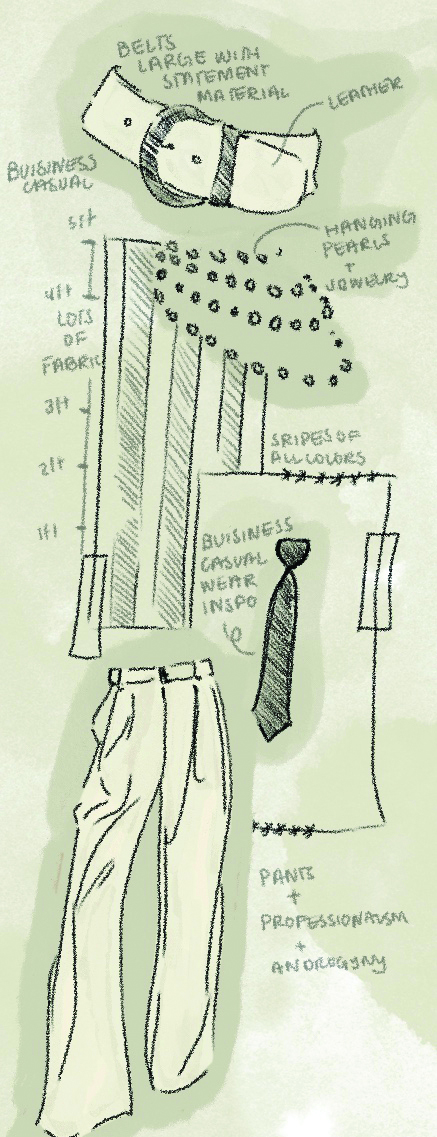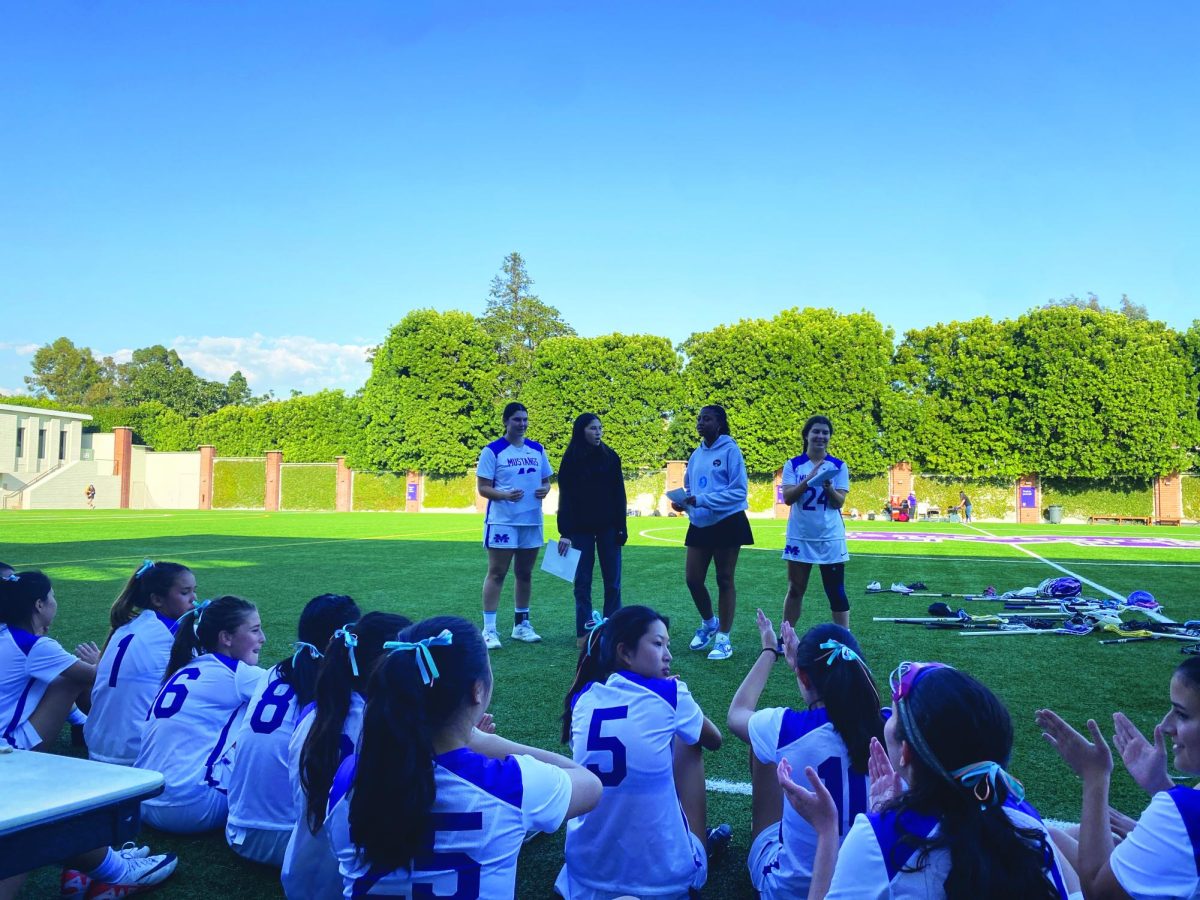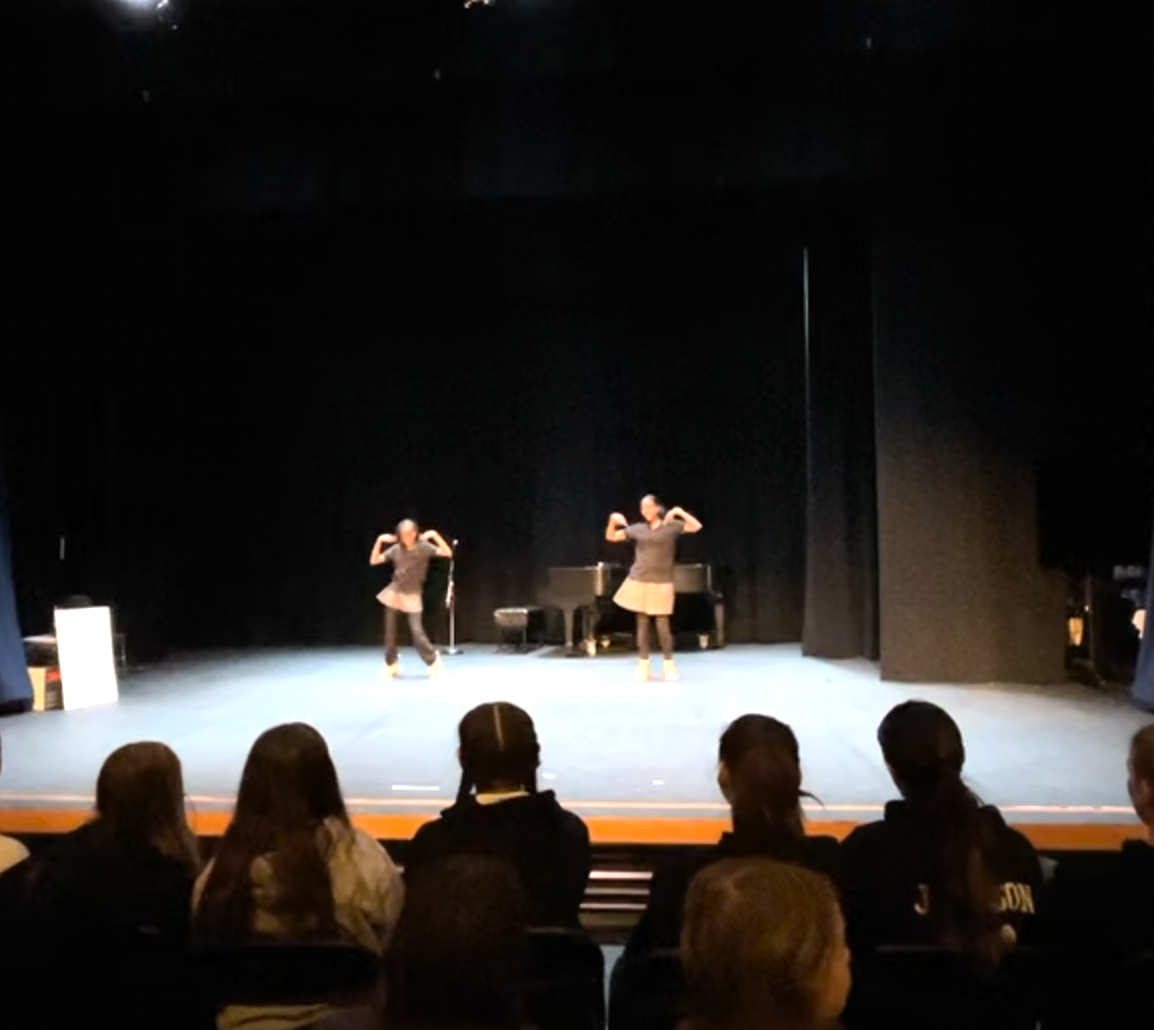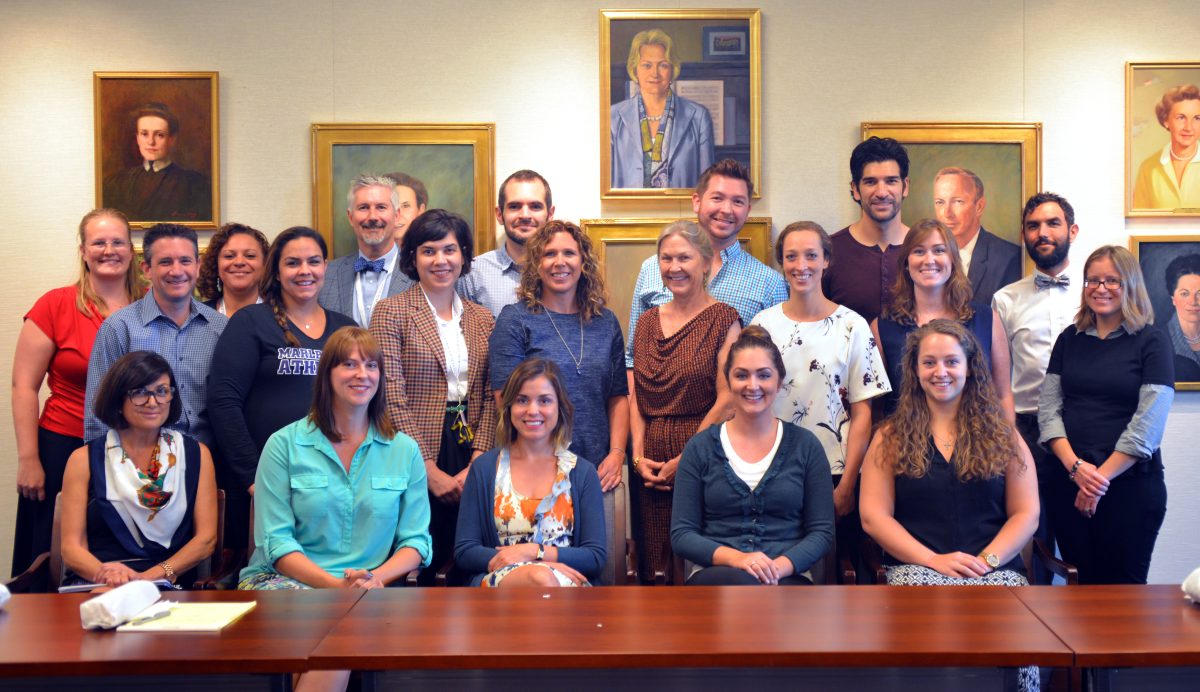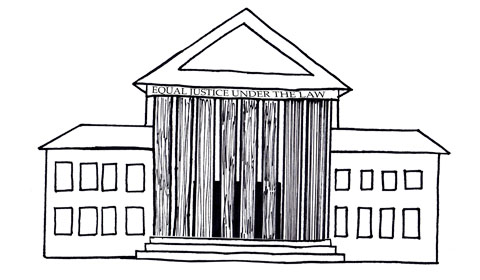
On Apr. 22, 2014, the U.S. Supreme Court ruled to uphold the voter initiative in Michigan that bans race from playing a part in the college admissions process at state universities. Because many states, including Maryland and Virginia, still institute the practice of affirmative action, the ruling highlights the growing movement to remove the role of race in college admissions.
Affirmative action, the policy of ensuring equal rights in hiring and admissions decisions, was first signed into law in the United States by the Kennedy administration in 1961; it was designed to prevent employers from discriminating against individuals based on their race. It expanded to encompass gender discrimination in 1967. However, the issue has been debated almost from the start.
Before 1978, public universities had to meet a quota, filling a certain number of spots in an incoming class with students of a certain ethnicity or race; for example, the University of California, Davis School of Medicine had to reserve 16 out of 100 spots per class for minority students. However, in 1978, the Supreme Court decided in Regents v. Bakke that, although race could still be considered in the application process, quotas would no longer be mandated.
This is not the first time that the U.S. Supreme Court has interfered with Michigan’s policy of affirmative action. In 2003, the Court chose to uphold the affirmative action policy at the University of Michigan Law School, allowing for a race-conscious admissions process.
Timothy Brunold, Dean of Admissions at the University of Southern California, believes race should not play a definitive role in the admissions process, though it can be used as a tool to add to a comprehensive and holistic application review process.
“[USC] seeks to have an ethnically diverse student body, but we do not seek to obtain that diversity through things like quotas or formulaic admission processes that blindly give extra consideration to certain students because of their ethnic group,” Brunold stated.
Membership Director of the Michigan Democratic Party Al Williams does not agree with the Supreme Court’s decision because he doesn’t think the majority of the country should be able to make decisions for the minority.
“I think affirmative action was working, and you shouldn’t end something that’s working unless you have another solution,” Williams said in an interview over the phone. “If you look at the statistics and history and you look at the states where they’ve done away with affirmative action, in those public schools, the enrollment of African-American and Latino-American students has gone down, like in Texas, California, and Michigan.”
Furthermore, Williams said that by doing away with affirmative action, the country recognizes that it will give extra points to everyone except for African-American and Latino-American students who are trying to get into college on their own merit.
Tessa ’15 agrees with the Supreme Court’s decision to uphold the ban.
“You can’t control what sex or ethnicity you are born with, but you can control the type of person you are, so colleges should choose [students] based on that,” Tessa said.




